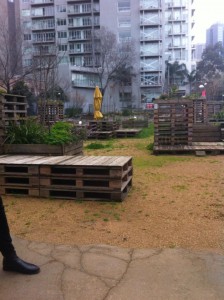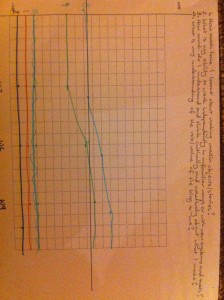Elements I want to capture in my work – Urban environments, patterns, repetition, leading lines, geometric shapes, cold, in between, travel, journey, movement/stillness, isolation/noise, places of waiting, transition, evolution, limbo, recreation, clinical, mundane, resting, out of use, in valid, unoccupied, separation/meeting/gathering
I would like to experiment with light and dark. Maybe shooting at night to capture the contrast of the dark night and bright lights of trains, lit up windows in buildings, street lights, at head lights. I would also like to experiment with a fish eye lens. This would capture the distortion and uneasy feel you can often experience when you spend an extended period of time in a ‘non place’. When you situate yourself in a place that is designed to be passed through and used as a temporary means of filling in the blanks between one place and another.







